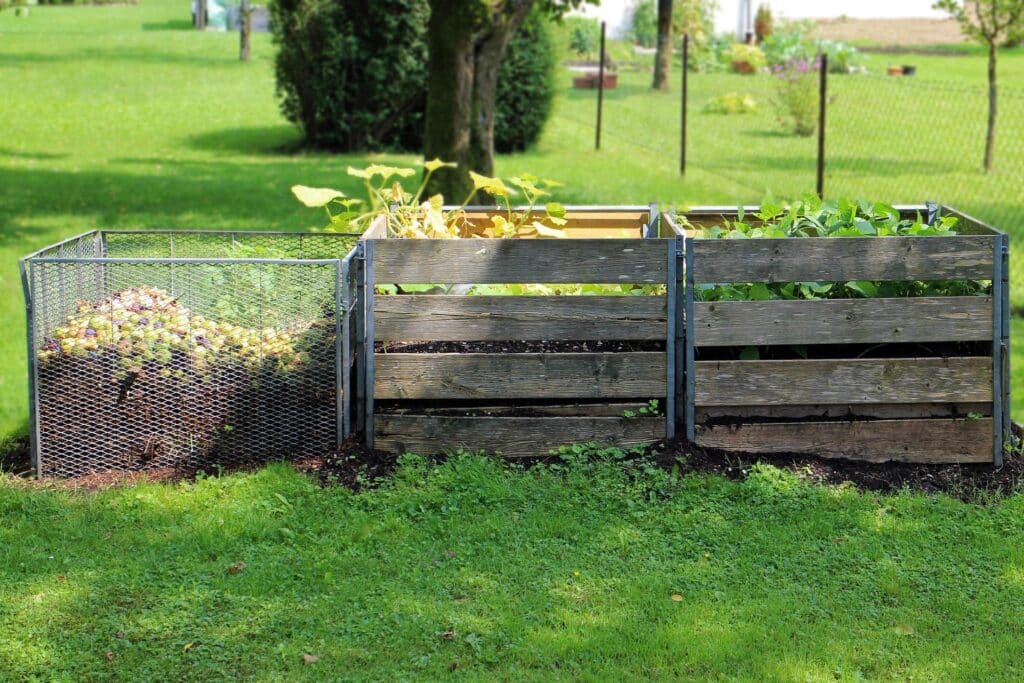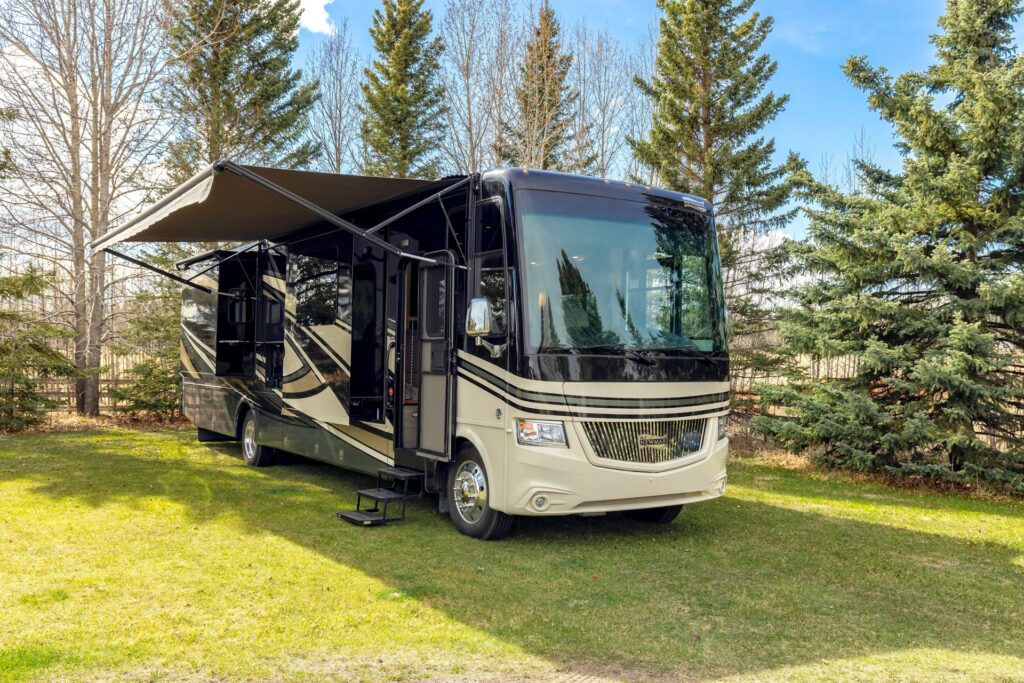German cockroaches demonstrate remarkable adaptation to urban environments, establishing persistent populations in apartment complexes, restaurants, commercial kitchens, and office buildings. These resilient pests seek locations offering essential survival resources: consistent warmth, available moisture, and abundant food sources.
Discovering even a single specimen strongly indicates a larger hidden population, as these insects reproduce rapidly and inhabit structural voids rarely disturbed by routine cleaning. Effective management requires understanding their biology, behavior patterns, and the specialized approaches necessary for successful cockroach control.
What Are German Cockroaches?
German cockroaches (Blattella germanica) represent the most frequently encountered indoor cockroach species in urban environments. These insects measure approximately half an inch in length with light brown to tan coloration featuring two distinctive dark parallel stripes extending from behind their head down their back. Their small size and exceptional speed make initial detection challenging for most property owners.
Adults possess wings but rarely fly, instead demonstrating remarkable running ability when exposed to light. Nymphs (immature specimens) appear smaller with darker coloration while maintaining the characteristic parallel stripes. Both life stages primarily emerge during nighttime hours, remaining hidden within protected harborage areas during daylight periods.
Evidence of their presence includes pepper-like droppings in cabinet corners and along baseboards, distinctive musty odors produced by aggregation pheromones, and light brown egg capsules (oothecae) in protected crevices. Each egg case potentially contains up to 40 developing nymphs, explaining how small initial populations rapidly expand into significant infestations when environmental conditions remain favorable.
Why They Thrive in Urban Foundations
Urban building foundations and structural elements create perfect environmental conditions for German cockroach colonization. Foundation cracks, plumbing penetrations, and utility chases maintain year-round temperatures within their preferred range. Mechanical systems generate condensation providing consistent moisture sources, while food preparation areas, break rooms, and residential kitchens supply abundant nutritional resources.
Once established inside structures, these adaptable insects quickly spread throughout available spaces. They demonstrate strong preference for confined harborage areas including wall voids, cabinet interiors, and equipment cavities. Unlike some cockroach species that remain primarily in kitchen environments, German cockroaches readily travel through building infrastructure utilizing shared walls, drop ceilings, and utility pathways.
This mobility allows them to establish satellite populations in bathrooms, electronic equipment, office furniture, and virtually any protected space offering minimal moisture and occasional food access. Their exceptional adaptability to varied microenvironments within buildings helps explain their persistent success despite control efforts, particularly in multi-unit structures where comprehensive management may prove challenging.
Why German Cockroaches Are Hard to Eliminate
German cockroaches demonstrate remarkable resourcefulness when accessing structures, using numerous entry pathways including:
- Gaps surrounding plumbing penetrations and electrical conduit connections
- Expansion joints and stress cracks within foundation elements
- Improperly sealed basement ventilation systems
- Transported items including cardboard packaging, second-hand appliances, and used furniture
- Sewer connections and floor drainage systems lacking proper traps
Once inside, they establish protected harborage locations in areas including:
- Cabinet hinge mechanisms and drawer slide assemblies
- Appliance motor compartments and control panel housings
- Hollow wall sections behind picture frames, wall clocks, and loosened wallpaper
- Electrical junction boxes and switch plate interiors
Their aversion to open spaces and light exposure means daytime sightings typically indicate substantial established populations. Professional inspection techniques often reveal concealed activity patterns invisible during casual observation, explaining why infestations frequently develop significantly before property owners recognize their presence.
Why Regular Treatments Are Necessary
German cockroaches demonstrate several biological and behavioral characteristics that create exceptional pest management challenges. Their reproductive capacity exceeds most other common cockroach species, with females producing egg cases containing up to 40 offspring approximately every 30 days under favorable conditions. This accelerated reproduction allows populations to recover quickly following incomplete treatment applications.
Their communal living behavior also facilitates rapid reinfestation of treated areas from untreated harborage sites, particularly in multi-unit buildings where comprehensive access may prove challenging.
Get Help with Urban Pest Control
German cockroach infestations require specialized knowledge and targeted application techniques for successful resolution. Our pest control experts deliver customized treatment programs addressing both current activity and prevention of future problems.
Request a free quote today to discover how our German cockroach management and pest control solutions can effectively eliminate these persistent pests from your property with help from a professional pest control service. Our experienced technicians will evaluate your specific situation and develop a tailored treatment strategy addressing your unique challenges.









